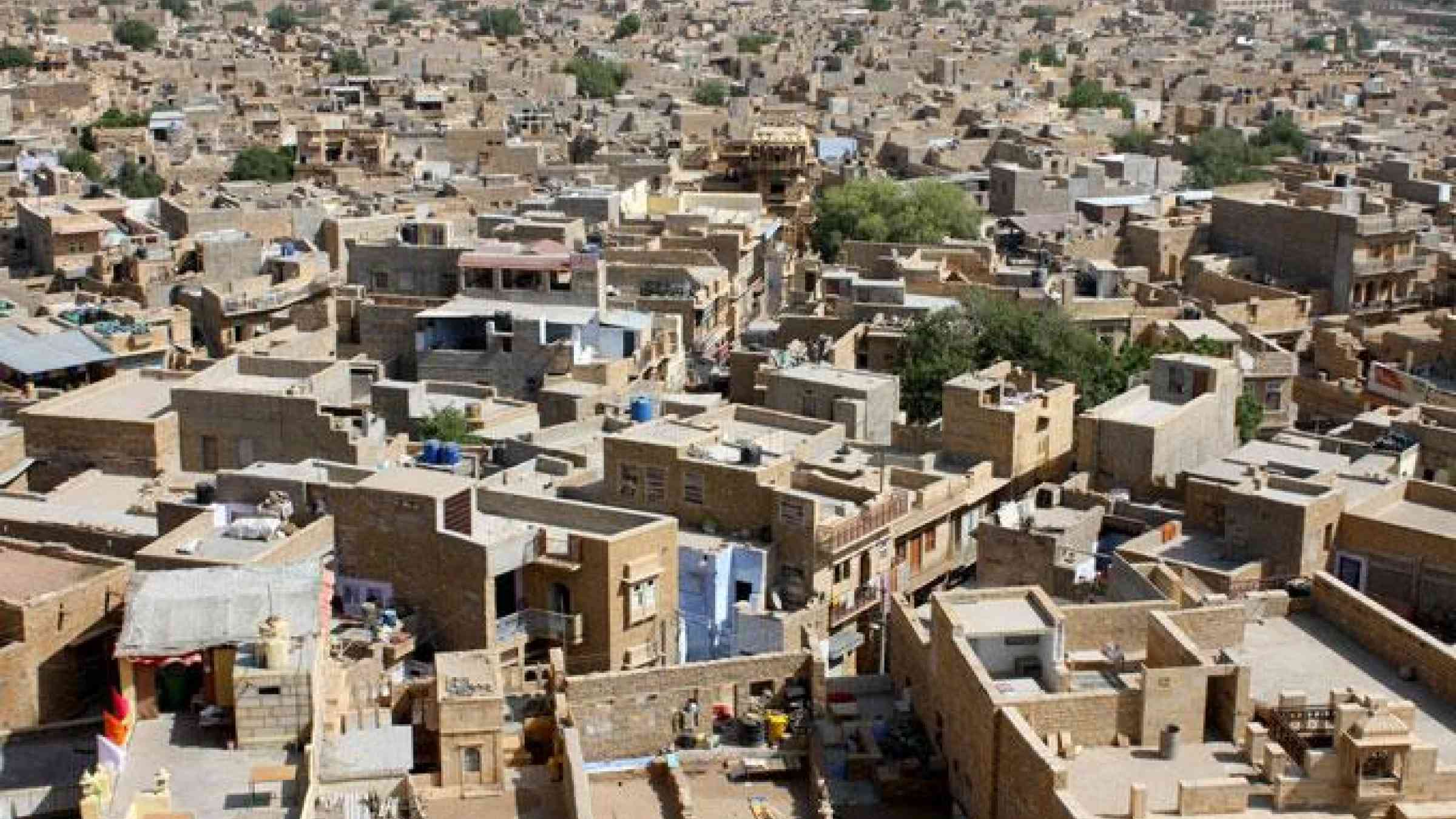
Catastrophe risk modeling firm AIR Worldwide (AIR) announced the release of its Earthquake Model for India. The model reflects extensive research conducted by AIR scientists and engineers on seismic hazard and vulnerability, providing a comprehensive view of earthquake risk in India. The innovative new model will enable companies to better manage their risk from earthquake shake and liquefaction. AIR Worldwide is a Verisk Analytics (Nasdaq:VRSK) business.
“The AIR team has excellently captured the regional seismicity and structural vulnerability of building portfolios in the India earthquake model,” said Dr. Jayadipta Ghosh, assistant professor at Indian Institute of Technology Bombay. “A comprehensive tracking of seismic code evolution and subsequent vulnerability evaluation procedure should render confidence to the user in predicting seismic losses.”
Included in the AIR Earthquake Model for India is a historical event set comprising earthquakes that have affected India and surrounding regions. These events span more than two centuries: from the magnitude 8.8 Chittagong event in 1762 to the magnitude 7.8 Nepal event in 2015.
The Himalayas, where the Indian and Eurasian plates collide, are the source of many of India’s most damaging earthquakes, but India’s seismic hazard is widespread, extending from the Himalayan mountain range in the north to the southeast. The model’s seismicity analysis covers areas with seismic activity that may affect India, including the countries of Pakistan, Nepal, Bhutan, and Bangladesh, however the model assesses damage and loss for locations within the boundaries of India.
“Damage functions for the AIR Earthquake Model for India were developed using nonlinear dynamic analysis (NDA) and component-level fragility curves,” said Suryanarayana Raju Datla, vice president of model development at AIR Worldwide. “The methodology incorporates the latest research on the stiffness and stress-strain characteristics of buildings of different construction classes, heights, and code levels. This methodology estimates a building’s structural response to various simulated ground motion intensities. The damage functions were validated against local and worldwide studies, including claims data and an extensive study of the evolution of building codes in India.”
Since the 2011 Christchurch earthquake, liquefaction has become recognized as an important component of earthquake risk assessment. AIR has developed a liquefaction module covering the major exposure concentrations of New Delhi, Mumbai, and Kolkata. This new module incorporates high-resolution data on soil and ground water from numerous geotechnical and geological studies.
“We’ve employed several innovative methodologies to achieve a complete view of India’s complex seismicity and the vulnerability of its building stock,” said Praveen Sandri, executive vice president and managing director of AIR’s India office. “By covering earthquake-triggered perils such as liquefaction, in addition to ground shaking, AIR’s new Earthquake Model for India raises the bar in terms of comprehensiveness.”
The AIR Earthquake Model for India estimates losses to residential, commercial, and small industrial buildings and losses to automobiles. The vulnerability component of the model has been tailored to India’s unique construction practices and code requirements and has been peer-reviewed by local experts at leading Indian institutions. The model incorporates findings from damage surveys and structural engineering research. AIR has also updated the Industry Exposure Database (IED) for India, which includes the newly formed state of Telangana and densely populated areas of India.
The AIR Earthquake Model for India is currently available in the CATRADER® Version 18 and Touchstone® 4.0 catastrophe risk management systems. In addition to new and updated models, Touchstone 4.0 features a variety of enhancements designed to improve performance, workflow efficiency, and the overall user experience.
Press Release